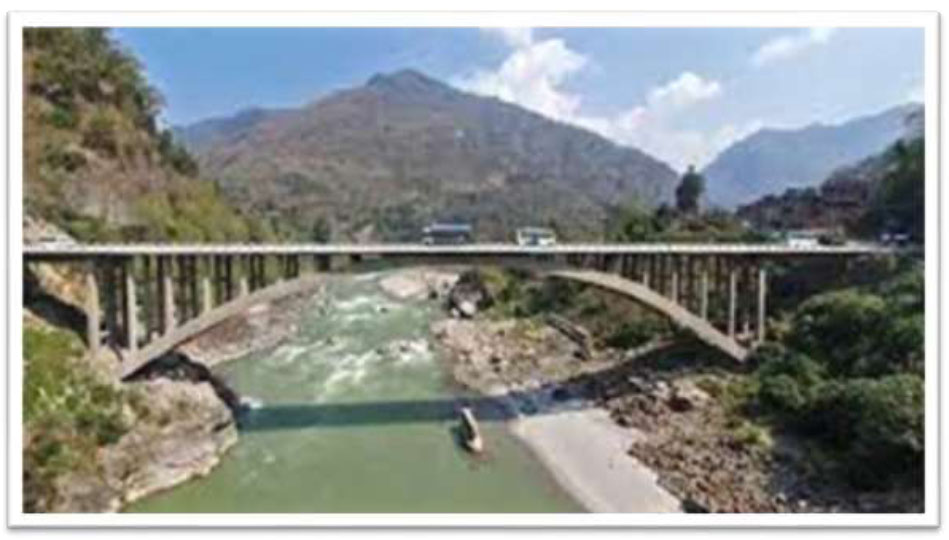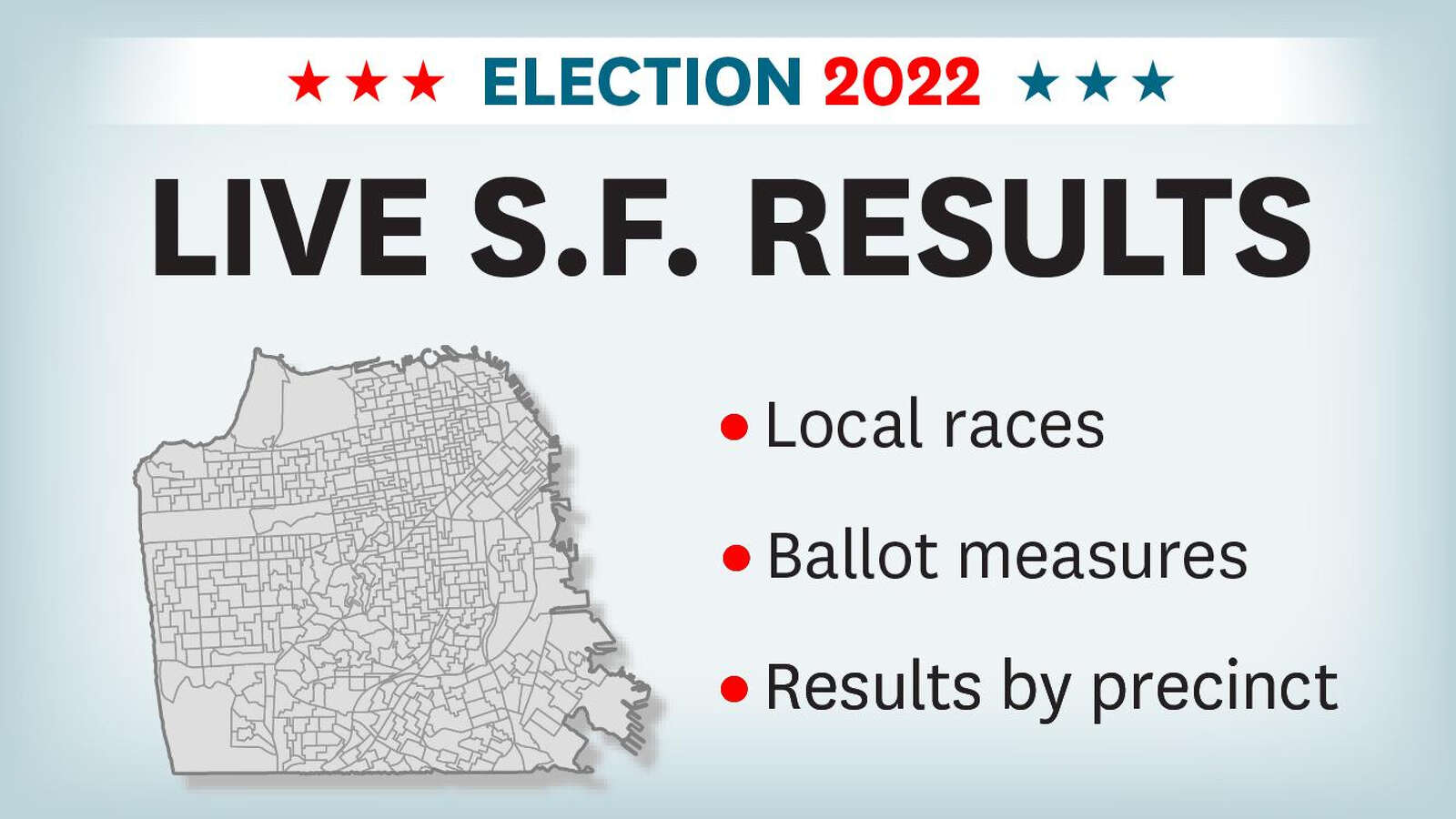Report on Adaptation Finance for Small Island Developing States (SIDS) and Alignment with Sustainable Development Goals
Executive Summary
Small Island Developing States (SIDS) face an existential threat from climate change, creating an urgent need for adaptation finance. This report analyzes the significant gap between the required and received funding, highlighting how this shortfall directly impedes the achievement of multiple Sustainable Development Goals (SDGs). The analysis reveals that current financial flows are insufficient, inequitably distributed, and often structured as debt, undermining the resilience and sustainable development of these highly vulnerable nations. Addressing these challenges is critical for upholding global commitments to SDG 13 (Climate Action) and ensuring progress across the 2030 Agenda.
Key Findings and SDG Implications
1. Disproportionately Low Finance Flows
International adaptation finance to SIDS represents a mere 0.2% of global climate finance, averaging just over USD 2 billion annually in 2021–2022. This severe underfunding directly contravenes the principles of SDG 10 (Reduced Inequalities) and SDG 13 (Climate Action) by failing to provide necessary support to the nations most vulnerable to climate impacts.
2. Significant Funding Gap to Meet National Climate Goals
To meet the adaptation needs outlined in their National Adaptation Plans (NAPs) and Nationally Determined Contributions (NDCs), SIDS require a six-fold increase in annual finance to approximately USD 12 billion. Achieving this target is essential for:
- SDG 13 (Climate Action): Strengthening resilience and adaptive capacity to climate-related hazards.
- SDG 8 (Decent Work and Economic Growth): Investments in adaptation could yield up to USD 48 billion in economic benefits, fostering sustainable economic development.
3. Feasibility of Meeting SIDS’ Financial Needs
The required USD 12 billion annually, while substantial for SIDS economies, constitutes only 1.2% of global climate finance. This indicates that closing the gap is an achievable goal dependent on international political will, directly linking to the successful implementation of SDG 17 (Partnerships for the Goals) through enhanced global financial cooperation.
4. High Proportion of Debt-Based Financing
In 2021–2022, 44% of international adaptation finance to SIDS was provided as debt. This practice exacerbates financial instability in nations already facing unsustainable debt levels, thereby threatening progress on:
- SDG 1 (No Poverty): High debt burdens divert resources from poverty eradication and social programs.
- SDG 8 (Decent Work and Economic Growth): Macroeconomic instability caused by debt hinders sustainable economic growth.
5. Insufficient Grant-Based Contributions
Contributions from international governments (31%) and multilateral climate funds (7%) are insufficient to cover the adaptation finance gap. A substantial increase in grant-based financing is required, particularly through multilateral development finance institutions, where grants currently constitute only 35% of their adaptation flows. This highlights a critical area for improvement under SDG 17 (Partnerships for the Goals) to mobilize financial resources more effectively.
6. Inequitable Distribution Based on ODA Eligibility
Official Development Assistance (ODA)-eligible SIDS received USD 1.9 billion annually, while ODA-ineligible SIDS received only USD 181 million, despite all facing severe climate impacts. This disparity undermines SDG 10 (Reduced Inequalities). The call to replace ODA eligibility with a multidimensional vulnerability index aligns with the goal of ensuring that support reaches the most vulnerable.
7. Poor Targeting of Adaptation Finance
Adaptation finance is highly concentrated, with ten SIDS receiving 67% of the total tracked funding. Furthermore, the distribution of finance shows no significant correlation with climate vulnerability scores. This inequitable allocation is a direct challenge to SDG 10 (Reduced Inequalities) and hampers effective implementation of SDG 13 (Climate Action) by not prioritizing the most at-risk populations.
8. Deficiencies in Finance Tracking and Reporting
A lack of comprehensive tracking of adaptation finance by both SIDS governments and the private sector prevents a clear understanding of needs and flows. Improving data collection and reporting is a foundational requirement for scaled-up action and accountability, supporting the targets within SDG 17 (Partnerships for the Goals) related to data, monitoring, and accountability.
Priority Actions for Achieving the SDGs
To align global efforts with the Sustainable Development Goals, the international finance community must undertake the following priority actions:
- Scale Up Finance: Dramatically increase the volume of adaptation finance to meet the USD 12 billion annual need, fulfilling commitments under SDG 13 and SDG 17.
- Improve Finance Quality: Shift from debt-based instruments to grants to protect the macroeconomic stability of SIDS and support progress on SDG 1 and SDG 8.
- Ensure Equitable Allocation: Distribute adaptation finance based on vulnerability rather than ODA eligibility to advance SDG 10 and ensure resources reach those most in need.
- Enhance Transparency and Accountability: Support SIDS in developing robust systems for tracking climate finance and establish standardized reporting methodologies for donors to strengthen accountability under SDG 17.
Analysis of Sustainable Development Goals in the Article
1. Which SDGs are addressed or connected to the issues highlighted in the article?
- SDG 13: Climate Action: This is the central theme of the article. The entire text focuses on the urgency of climate adaptation, the vulnerability of Small Island Developing States (SIDS) to climate change impacts, and the critical need for adaptation finance to address these challenges.
- SDG 17: Partnerships for the Goals: The article extensively discusses the mechanisms of global finance, highlighting the roles of international governments, multilateral development finance institutions, and the private sector. It calls for increased international support, better financial tracking, and addressing the debt burden, all of which are core components of global partnerships.
- SDG 10: Reduced Inequalities: The article points out significant inequalities in the distribution of adaptation finance. It highlights the disparity between funding for ODA-eligible and ineligible SIDS, the high concentration of finance in a few nations, and the fact that funding does not correlate with climate vulnerability. The call to replace ODA eligibility with a “multidimensional vulnerability index” is a direct effort to reduce these inequalities.
- SDG 1: No Poverty: The article addresses the vulnerability of SIDS to climate impacts, which threatens their stability and development, pushing populations towards poverty. By advocating for finance to build resilience, it connects to the goal of protecting the poor and vulnerable from climate-related shocks.
2. What specific targets under those SDGs can be identified based on the article’s content?
-
Under SDG 13 (Climate Action):
- Target 13.1: Strengthen resilience and adaptive capacity to climate-related hazards and natural disasters in all countries. The article’s primary focus is on increasing adaptation financing specifically to build this resilience in SIDS, which are described as “exceptionally vulnerable to the impacts of climate change.”
- Target 13.a: Implement the commitment undertaken by developed-country parties to the UNFCCC to a goal of mobilizing jointly $100 billion annually… to address the needs of developing countries. The article directly addresses this by quantifying the adaptation finance gap for SIDS, stating that flows “must grow six-fold to meet assessed needs.”
- Target 13.b: Promote mechanisms for raising capacity for effective climate change-related planning and management in… small island developing States. The article identifies “capacity constraints” as a barrier and calls for the international community to “increase its support to SIDS governments in tagging and tracking their climate adaptation finance allocation.”
-
Under SDG 17 (Partnerships for the Goals):
- Target 17.3: Mobilize additional financial resources for developing countries from multiple sources. The article calls for contributions from “international governments” and “multilateral climate funds” to increase, and notes the need for greater “private sector investment.”
- Target 17.4: Assist developing countries in attaining long-term debt sustainability. The article highlights a major risk by stating that “Almost half of all public international adaptation finance to SIDS was provided as debt” (44%), which is a “significant risk to the macroeconomic stability of these countries, many of which have unsustainable debt levels.”
-
Under SDG 10 (Reduced Inequalities):
- Target 10.b: Encourage official development assistance and financial flows… to States where the need is greatest, in particular… small island developing States. The article critiques the current system, noting that “Adaptation finance is highly concentrated, with 10 SIDS receiving 67% of tracked adaptation finance” and that flows have “no significant correlation to climate vulnerability.”
-
Under SDG 1 (No Poverty):
- Target 1.5: By 2030, build the resilience of the poor and those in vulnerable situations and reduce their exposure and vulnerability to climate-related extreme events. The entire discussion on adaptation finance for “exceptionally vulnerable” SIDS is aimed at achieving this target by preventing climate impacts from reversing development gains and increasing poverty.
3. Are there any indicators mentioned or implied in the article that can be used to measure progress towards the identified targets?
Yes, the article provides several quantitative and qualitative indicators that can be used to measure progress:
- Total Adaptation Finance Flows: The article provides a baseline figure of “just over USD 2 billion annually on average in international public climate finance for adaptation in 2021–2022” against a target need of “approximately $12 billion in average annual finance.” Progress can be measured by the closing of this gap.
- Composition of Finance (Debt vs. Grants): An indicator of progress towards debt sustainability (Target 17.4) is the percentage of finance provided as debt. The article states this is currently “44%.” A reduction in this percentage would signify progress. Similarly, the percentage of grants, currently at “about 35% of total adaptation flows” from multilateral institutions, can be tracked.
- Equitable Distribution of Finance: The article implies several indicators for measuring inequality (Target 10.b):
- The concentration of funding (currently “10 SIDS receiving 67% of tracked adaptation finance”).
- The disparity in funding between ODA-eligible (USD 1.9 billion) and ODA-ineligible SIDS (USD 181 million).
- The correlation between finance flows and vulnerability scores, such as the “Notre Dame Global Adaptation Initiative (ND-GAIN) country vulnerability scores.”
- Capacity for Financial Tracking: An indicator for capacity building (Target 13.b) is the ability of SIDS governments to effectively track climate finance. The article implies this is currently low by stating that “Most stakeholders need to improve their adaptation finance tracking.” Progress could be measured by the number of SIDS with robust national tracking and reporting systems.
4. Summary Table of SDGs, Targets, and Indicators
| SDGs | Targets | Indicators Identified in the Article |
|---|---|---|
| SDG 13: Climate Action | 13.1: Strengthen resilience and adaptive capacity. 13.a: Mobilize climate finance. |
|
| SDG 13: Climate Action | 13.b: Promote capacity-building in SIDS. |
|
| SDG 17: Partnerships for the Goals | 17.3: Mobilize additional financial resources. 17.4: Assist with debt sustainability. |
|
| SDG 10: Reduced Inequalities | 10.b: Encourage financial flows to states where need is greatest. |
|
| SDG 1: No Poverty | 1.5: Build resilience of the vulnerable to climate-related events. |
|
Source: climatepolicyinitiative.org







